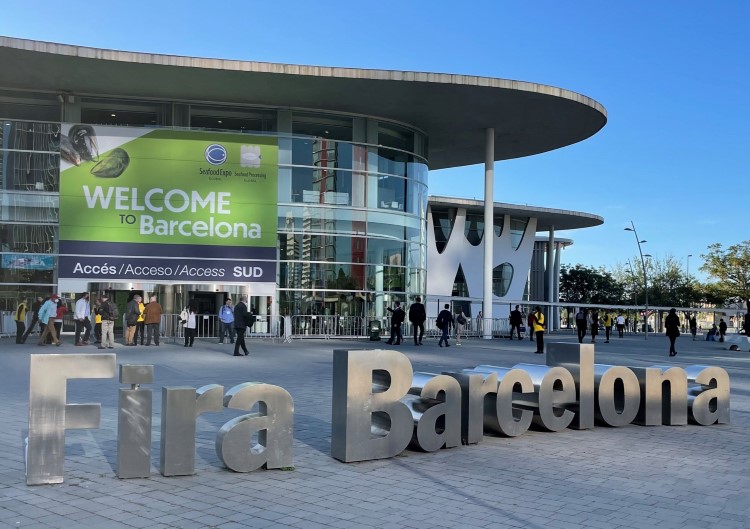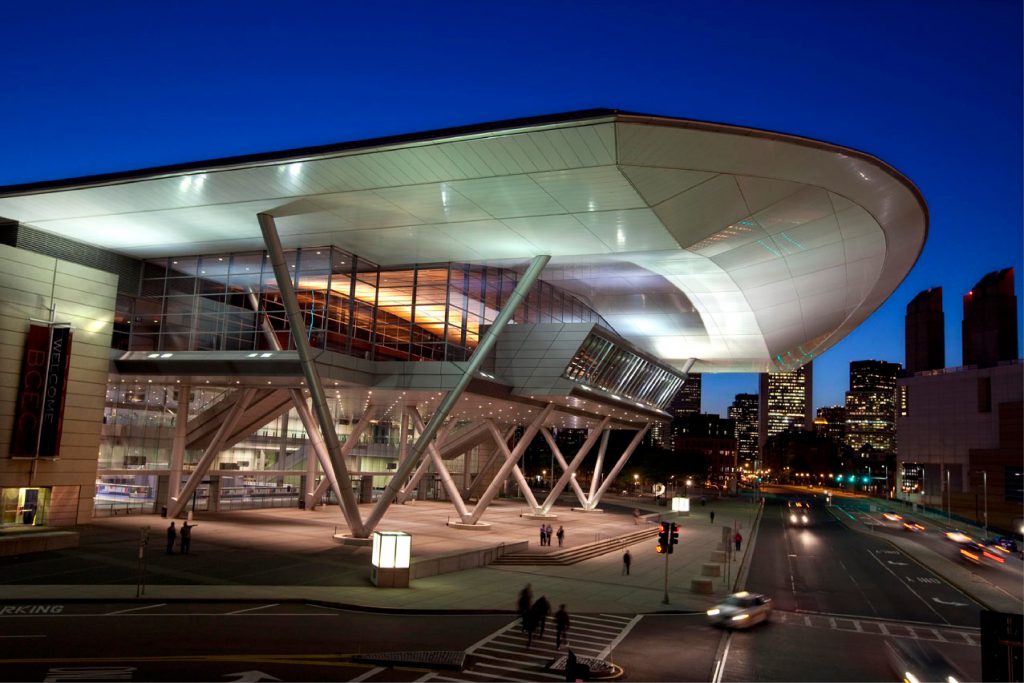Milestone Reached With 1,000th BAP-Certified Facility
The Global Aquaculture Alliance’s Best Aquaculture Practices (BAP) third-party certification program has reached a milestone.
 Twelve years after the first set of BAP standards were introduced, the number of BAP-certified facilities has surpassed 1,000. At the end of November, 1,028 processing plants, farms, hatcheries and feed mills were BAP-certified. That’s up from 701 BAP-certified facilities at the end of 2014.
Twelve years after the first set of BAP standards were introduced, the number of BAP-certified facilities has surpassed 1,000. At the end of November, 1,028 processing plants, farms, hatcheries and feed mills were BAP-certified. That’s up from 701 BAP-certified facilities at the end of 2014.
In addition to the 1,028 BAP-certified facilities, 178 facilities have applied for BAP certification and are actively engaged in the BAP certification process.
With the nearly 50 percent increase in the number of BAP-certified facilities came a significant growth in the annual output from BAP-certified processing plants, to 1.86 million metric tons at the end of November, a 30 percent increase from the end of 2014.
“We’re proud of this BAP milestone, which is really an achievement of producers and marketplace endorsers,” said GAA President George Chamberlain. “The impact of this program goes far beyond the numbers themselves — it has led to industry-wide changes in attitudes and policies that are improving practices on a broad scale.”
“For us, BAP has always been more than a standard. It is a solution,” added GAA Executive Director Wally Stevens. “It is all-encompassing assurance for aquaculture stakeholders that the issues associated with the environment, workers, animals and food safety are being responsibly managed at aquaculture facilities worldwide.”
Other highlights from the end of November 2014 include:
• Since the end of 2014, the number of BAP-certified farms has increased 56 percent, to 578 farms.
• The bulk of the growth in the number of BAP-certified farms came from shrimp and from salmon and trout. The number of BAP-certified salmon and trout farms doubled, to 268 farms at the end of November 2015. The number of BAP-certified shrimp farms increased 34%, to 213 farms at the end of November 2015.
• The number of BAP-certified farms reached 315 at the end of November 2015. That’s a 16 percent increase from the end of 2014.
• The number of BAP-certified hatcheries and feed mills totaled 81 and 54, respectively, at the end of November 201, compared to 32 hatcheries and 27 feed mills at the end of 2014.
About BAP
A division of the Global Aquaculture Alliance, Best Aquaculture Practices is an international certification program based on achievable, science-based and continuously improved performance standards for the entire aquaculture supply chain — farms, hatcheries, processing plants and feed mills — that assure healthful foods produced through environmentally and socially responsible means. BAP certification is based on independent audits that evaluate compliance with the BAP standards developed by the Global Aquaculture Alliance.



